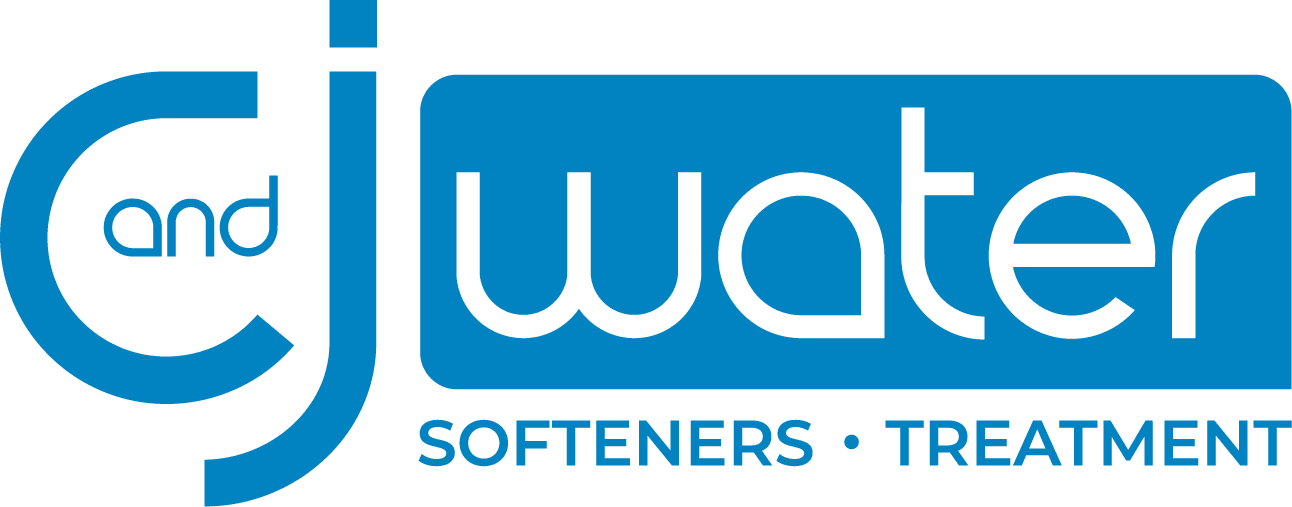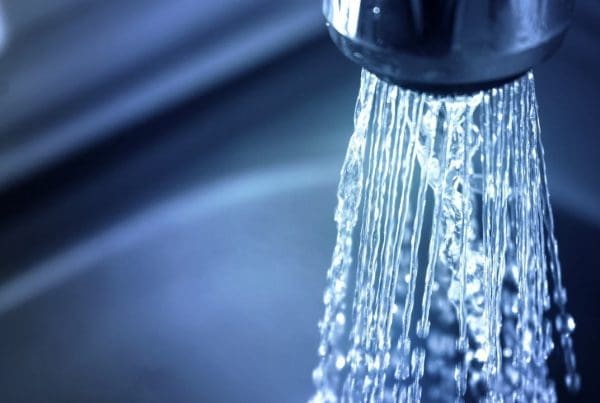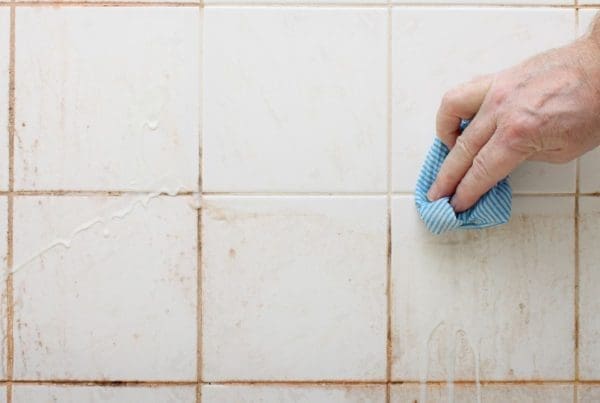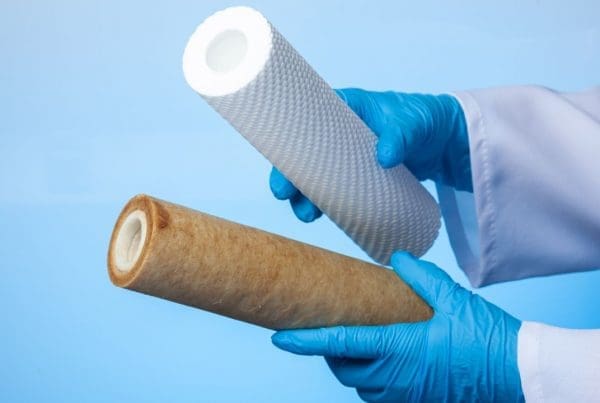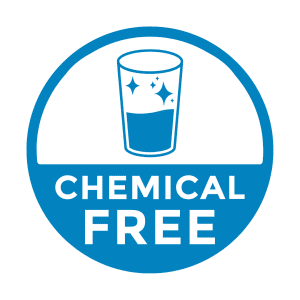 Clean, safe water in your home is a must. That’s why C and J Water offers a UV light treatment system that is both effective and reliable. Let’s dive into the benefits of using UV light treatment and how it can help keep your water clean and safe.
Clean, safe water in your home is a must. That’s why C and J Water offers a UV light treatment system that is both effective and reliable. Let’s dive into the benefits of using UV light treatment and how it can help keep your water clean and safe.
What Is UV Light Treatment?
UV (ultraviolet) light is a part of the sun’s natural light. It is invisible to the human eye and powerful in helping to purify water. When this type of light hits harmful bacteria and viruses, it renders them inactive. This process doesn’t change the taste, smell, or chemistry of your water – it simply makes it safer.
How Does UV Light Work in Water Treatment?
Water passes through a chamber that contains a UV lamp. The lamp shines UV rays onto the water. These rays go through both virus and bacteria cell walls disrupting their DNA so they can’t reproduce. If they can’t grow, they die off, making your water safer to drink and use.
Why Choose UV Light for Your Home?
- Effective and Reliable: UV light treatment is a proven method for making water safer. It’s been used for over 100 years and continues to be a trusted solution for homes and businesses.
- Chemical-Free: Unlike some water treatment methods that use harsh chemicals, UV light doesn’t add anything to your water. This means no strange tastes, no odors, and no chemical residues.
- Safe and Non-Toxic: The UV lamp is safely contained within the system. You and your family are not exposed to it. The only thing it affects is the harmful microorganisms in your water. This makes UV treatment an environmental or eco-friendly water solution.
- Affordable and Low Maintenance: UV systems are cost and effective. They use about as much energy as a 40-watt light bulb. They require minimal maintenance, just periodic bulb replacement to keep things running smoothly.
Trust the Experts at C and J Water
When it comes to clean water, C and J Water has all the know-how and expertise you need. We’ve been installing and maintaining UV light systems for years. We stay up to date with the latest in water treatment technology. If you’re looking for a reliable way to keep your water safe, UV light treatment is a great option.
Ready to Make Your Water Safer?
If you want to learn more about UV light water treatment or need help with any other water treatment options, contact C and J Water today. We’re here to support you with the best solutions for clean, safe water in your home.
